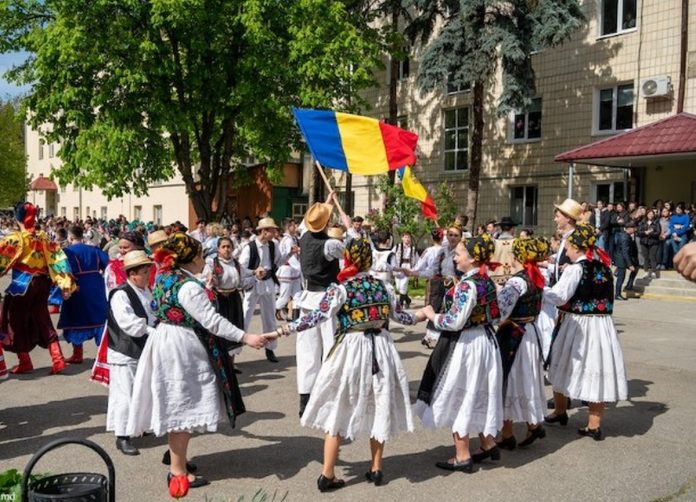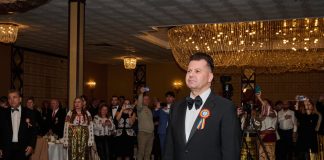The Romanian blouse ‘ie’ is less common in the north-western Bihor region, where it is replaced by the shirt, because the ‘ie’, as a garment, is not specific in the traditional culture of western Tara Crisurilor (Land of the Cris River), write Agerpres.
„The folk costume is made of hemp cloth, not flax, as hemp has a rougher, coarser thread. For this reason, the shirts do not have the beautiful fluidity of linen. Flax has also been cultivated, but not as diligently as hemp. Documents show that the main textile plant was hemp, for various reasons. Firstly, because it could be easily adapted to this area, to higher or lower ground, and people could grow it on the edge of a cornfield. Maybe also because of the 18th-19th century tradition, in which hemp was not so frequently used for tithe, because the nobles did not use it and then the peasants preferred to cultivate plants that were not subject to tithe,” museographer Sabina Horvath told AGERPRES.
The folk costume of Tara Crisurilor is characterized by a great diversity of forms, manifested partly in the cut, with a particular style given by the cloth, but especially in the choice of ornament selection, decorative motifs and in the colour palette.
The festive clothes that the villagers wore at the traditional village dance were a personal pride that was a living exhibition of the costume. Everyone wore their best.
And the traditional village dance, held periodically on Sundays, was an event with strong social implications. This is where relationships between girls and boys were established, where village elders met, where the surprising forms of traditional dance that we still see today were developed over time through repetition and the inventiveness of the young dancers.
Florica Negrau, choreographer, has been teaching about all these things for over 30 years to the children and young people who enjoy folk dances at the Children’s Palace of Oradea. The Florile Bihorului folk ensemble, which she founded here in 1993, after leading other groups in the city, has become, through its rich record, a reference ensemble in Romanian folklore. Year after year, new generations of students have passed through the choreographer’s training classes.
So what does the folk dance mean, I asked choreographer Florica Negrau. We found out that the dance is „the farmer’s release after a week of work. An escape from his body, under the influence of music, in order to manifest himself with all his generosity through dance”. In the choreographic performance, the men stand out with their own „score” of taps on boots, spurs, syncopated clapping. In the dialogue of the partners, at the same time or in between, takes place the girls’ dance, which has even evolved into a specific dance, the girls’ Tura.
The competition between the boys helped the best ones to win a beautiful or wealthy girl. And the good-looking girls, who knew how to dance, were better perceived and more attractive.
It was there, at the village hora (large circle dance, ed.n.), that young people met, friendships were made, hearts were kindled and future marriages were decided. The „show”, however, was performed out in front of everyone, whether young or old, maidens or wives. The important thing was to stand out and let the village talk about them for the next week.
In relation to the folk costume, the teacher passes down the knowledge to her disciples that it represents our national identity, which they must wear with dignity and pride.
Children also learn that, unlike the old, dark-coloured costume, the costume for young people, girls and boys, is more cheerful in colour. It is usually made of hemp cloth, woven in the loom, then tailored and ornamented with stitched, embroidered motifs. These are set against a geometric background of warp and weft. The folk costumes of today’s dancers, however, are made of a lighter and softer cloth, keeping the specific decorations.




